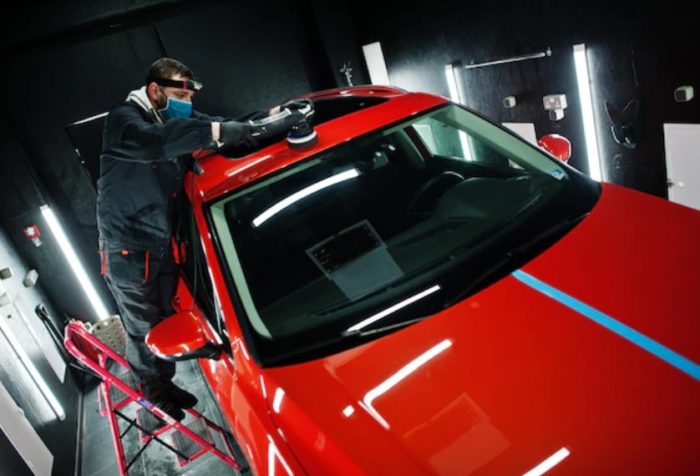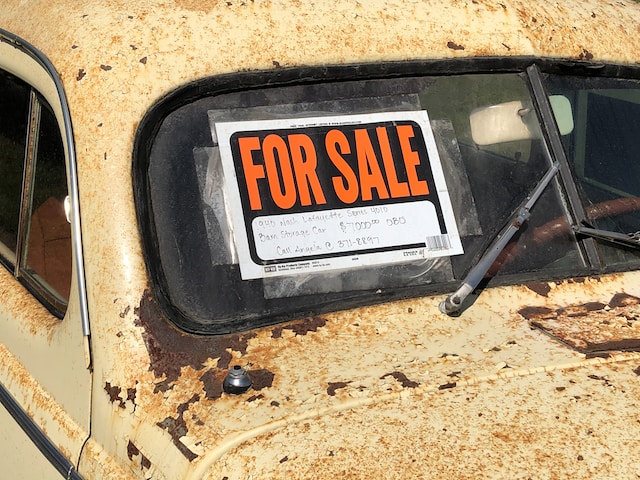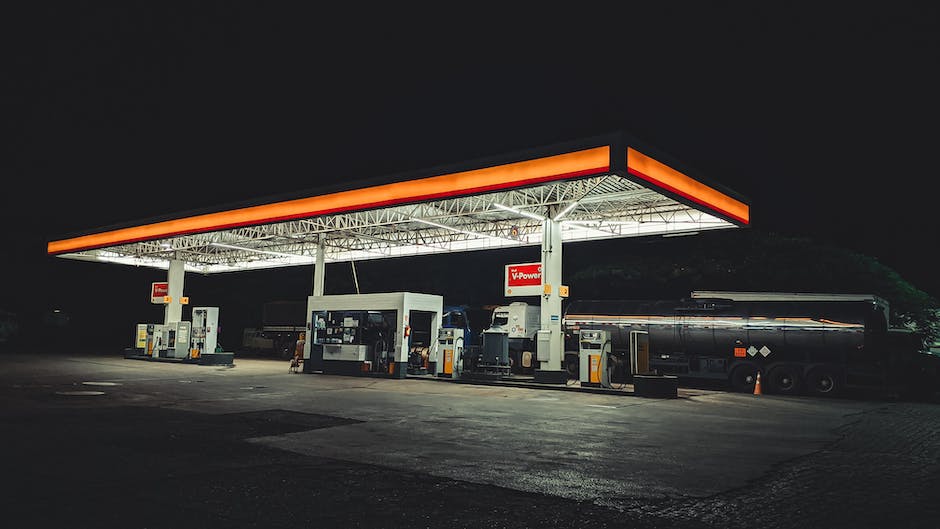The fifth generation of the Subaru Forester uses the "SK" chassis code and has been in production since model year 2019. The SK Forester is only available with one engine configuration within the US: the naturally aspirated 2.5L FB25. The Japanese market received a brand new turbocharged 1.8L CB18 but this engine has yet to be released in other markets. Additionally, a 2.0L naturally aspirated engine is available in other international markets too.
The FB25 engine has been available in the Forester since the 3rd generation vehicles in 2011. However, the version of the FB25 used in the 5th gen SK is new and features direct injection instead of the previously used port injection.
This guide is going to discuss a few common problems with the 5th Gen Forester as well as overall reliability and engine longevity. This article is tailored towards the US models using the FB25DI engine version.
5th Gen Forester Problems
Fortunately, the Forester SK uses the naturally-aspirated version of the FB25. The turbocharged versions are prone to breaking piston skirts and have also had a number of oil leaks and oil consumption related issues as well. However, there are some FB25 engine problems to be aware of with the newer engines.
The switch to direct injection has however led to a few new problems like carbon buildup. The switch also adds a high pressure fuel pump and new injectors so there is a possibility these components become problematic down the road once these engines have reached higher mileage and gotten out of their warranty periods.
Here are the most common problems with the new Forester SK's:
· Timing Chain & Front Cover Leaks
· O2 Sensor Failure
· Carbon Buildup
Timing Chain Problems and Leaks
The FB25 is known to have a few problems with it's timing chain. Subaru switched from a timing belt to a timing chain in 2013 and the change has led to a few problems. First, the timing chain is more difficult to service which means replacing the chain or any other timing components is more expensive. The timing chain is supposed to be a lifetime component in the FB25 but due to problems with it you might need to service it earlier.
Additionally, the front timing chain cover is known to develop oil leaks. Replacing the cover is a bit more tedious and challenging labor wise which makes this a relatively expensive repair. Furthermore, when it develops a leak it tends to cause issues with the O2 Sensor.
Excessive Oil Consumption
Part of the reason the timing chains are problematic is because of oil consumption. The Forester SK hasn't had too many issues so far with oil consumption which means the timing chains will hopefully be more reliable. However, if these engines do begin to develop oil consumption issues then issues with the timing chain will become more prevalent.
If you are experiencing oil consumption issues you will get an oil warning light letting you know that you are below the required minimum oil levels.
O2 Sensor Failure
When the timing chain cover develop a leak it tends to cause the front O2 sensor to fail. The sensor is about a $250 part and adds to the repair bill of having to fix the timing chain cover.
Outside of causing the sensor to fail this won't really cause too many other serious issues. You might experience some rough idling and performance related issues but fortunately it won't damage any serious engine components.
Forester Carbon Buildup
The switch from port injection to direct injection has caused some issues with carbon buildup on higher mileage Forester's. With port injection fuel is sprayed directly into the intake system which helps keep the intake ports clean and free from gunk building up.
However, on direct injected vehicles the fuel is sprayed straight into the combustion chamber which means the intake ports are not cleaned. The PCV system recirculates dirty gases through the intake system which leads to the intake ports and valves developing carbon buildups.
These carbon deposits restrict airflow and slowly lead to a decrease in performance. It usually takes around 100,000-120,000 miles for the FB25D engines to develop enough carbon buildup to need cleaning. Fortunately you can get the engine walnut blasted or use Subaru's chemical treatment to fix this issue.
Fixing Carbon Buildup
Subaru released a TSB for fixing carbon buildup. They have a product called P.E.A. Carbon Cleaner. You are supposed to pour a bottle into the gas tank while it is full and then use a special tool they have to pour another bottle into the intake manifold while the engine is running. The cleaner running through the intake manifold will help blast away all the carbon buildup within the intake ports and valves.
There have been some people raising concerns over the chemicals being used in the cleaner as they can cause wear on seals and other rubber parts. An alternative option for cleaning the valves is via walnut blasting. This is a more difficult and labor intensive way of cleaning the valves but does prevent you from having to pour chemicals into the engine.
Other Possible Subaru Forester Problems
The earlier port injected FB25 engines had a very serious issue with engine oil leaks. The camshaft carrier seal was known to leak and is a very difficult seal to replace. This would lead to repairs costing a few thousand dollars.
This doesn't seem like it is becoming a common problem on the newer direct injected vehicles, but since these engines are only a few years old they are mostly all still on factory warranty. Furthermore, these leaks tend to occur around the 100,000+ mile range and a lot of these engines haven't quite made it to those miles yet so it is still too early to tell whether this issue will affect the 5th Gen Forester.
Forester SK Reliability
Overall, the Forester SK has a pretty good reputation for reliability so far. The FB25D engines have been known to experience some issues with timing cover oil leaks and carbon buildup, but so far there haven't been any serious issues that might lead to engine failure.
We believe these engines should be able to reach the 200,000 mile mark. However, these engines are still new and fuel pumps and injectors are known to fail pretty frequently on direct injected vehicles so it's possible that the newer Forester's might run into higher maintenance costs once they make it past the 100,000 mile mark as these parts are rather expensive to replace.







